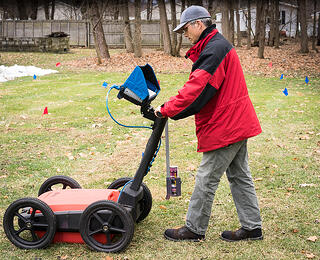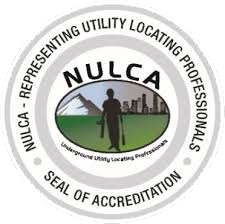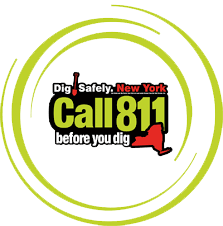At 5 AM the alarm rings. And so begins another day in the life of a utility locate technician.
The technician showers, gets dressed, prepares lunch, a quick bite and out the door to solve this day’s puzzle. Often, a 45 minute to 2 hour drive will ensue to meet the client for that day.
Business cards are exchanged and plans and proposals for the day’s work are reviewed. Access to any necessary buildings is established. The scope of work for the locate is then discussed, another sip of coffee and then the work begins.

For private utility location, a "10 - Step" locating approach is company policy to give the client the most for their dollar and ensure the safety of their jobs sites.
The locate area is swept in a grid pattern with a passive radio/power locator. A great tool to locate buried energized cables and piping. Conductive locating is then commenced. The path or anything that can be directly connected to with conduction clips or inductive clamps will be traced. Finally, inductive scanning is done in a grid pattern with a good medium frequency utility locator instrument.
The initial locates are done. Building structures are observed and ground observations are made; anything that may tell the technician an invisible danger may be present under the ground is investigated.
The technician procedes to sweep for manholes and valve boxes with a ferro-magnetic locator, open and inspect manholes for utility sources, access basements and crawlspaces,  interview individuals with possible knowledge and interests in the site.
interview individuals with possible knowledge and interests in the site.
A welcome break for lunch. The day passes quickly when your absorbed in your work. Next step is a rigorous Ground Penetrating Radar survey, alternating x and y axis. Mark subsurface structures, hollow pipes and non-conductive materials. Passively and inductively scan for any additional utilities and sweep for metallic structures.
Pause and make additional assessments. Were all hollow pipes located? Do any hollow pipes need to be traced by having a traceable snake inserted in them? Follow up on all conclusions.
Make sure all known lines are accounted for. Apply paint/chalk and flags for all utilities found. Contact the client and walk through noting all that's been found. Client signs the job completion form and the trip home begins.
Satisfaction in a job well done!













